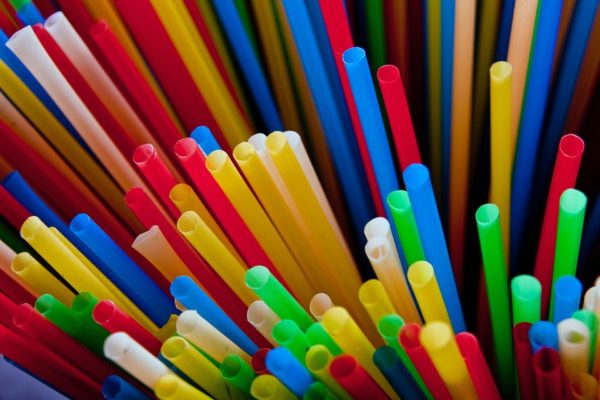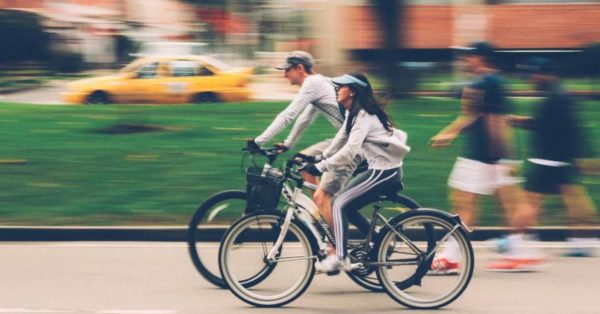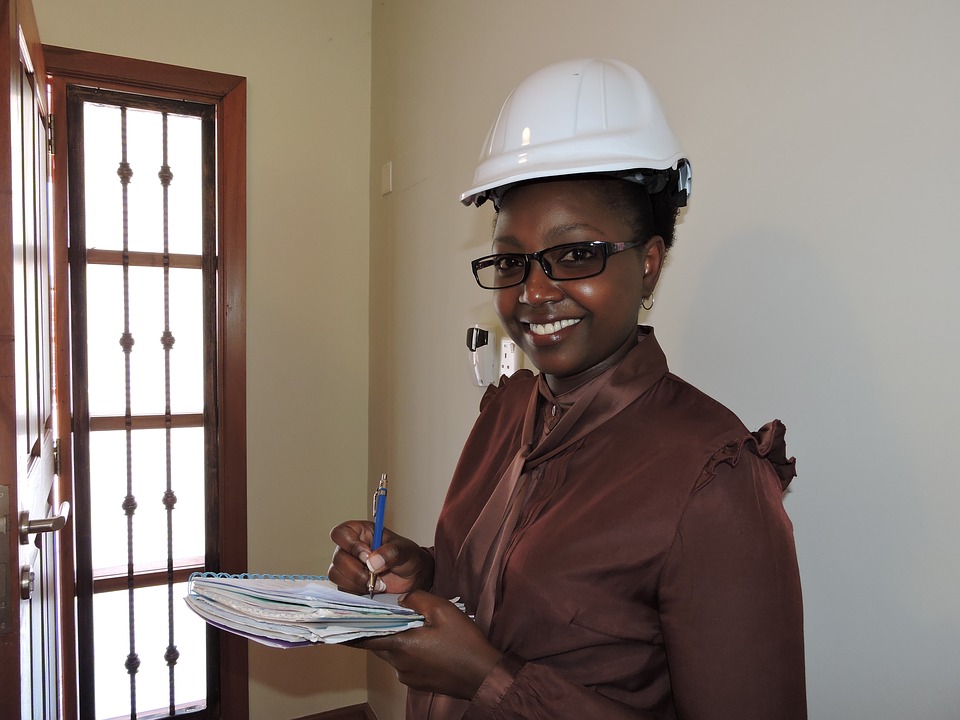Just in time for Thanksgiving, a new digital calculator is taking the guesswork out of portion planning to help hosts reduce the massive amount of food, money and resources that go to waste around the holiday. The “Guest-imator” is the latest waste-busting consumer resource from the Ad Council and Natural Resources Defense Council’s Save The Food national public service campaign. “Thanksgiving is a time to be grateful, yet it’s often unintentionally wasteful as well,” said NRDC senior scientist Dana Gunders. “Hosts can have the best intentions, but planning a meal for a large group is still tricky. This calculator can help cooks prepare enough for turkey-cranberry sandwiches the day after the feast, but avoid a stockpile of past-due leftovers a week later.” Created pro bono by SapientRazorfish, the Guest-imator is designed to eliminate unnecessary over-purchasing, saving consumers money and preventing food waste before it starts.
Continue reading... →If you grew up in a neighborhood with lots of trees, chances are you had to put in plenty of hours each fall raking them all together, bagging them up, and then sending them off somewhere, most likely to the landfill. And you were probably told that the reason for this was not only so that the yard would look ‘tidier’ but also so that the leaves wouldn’t kill the grass. This myth has probably sold more rakes and bags than anything else, and while raking may have enriched the pockets of neighborhood kids (assuming you got paid to rake leaves), the practice actually removes important nutrients from the yard, which homeowners then usually repurchase, in another format, in a bag or jug of fertilizer from the local garden center.
Continue reading... →The fashion industry receives a lot of criticism for a lack of eco-friendly sourcing and production methods. Girlfriend Collective (GC) has tackled this issue head-on by creating an eco-friendly line of activewear clothing. GC was founded to offer people a completely transparent clothing line. The Seattle based company is built from top to bottom with sustainability initiatives in mind. All of their packaging is recycled and recyclable, and they make most of their clothing with post-consumer products.
Continue reading... →After decades of tirelessly championing women’s rights, Gloria Steinem’s legacy is finally headed to the screen. Oscar winner Julianne Moore, who won Best Actress for 2015’s Still Alice, will take on the role of Steinem in a biopic based on the activist’s recent memoir, My Life On The Road. The coming-of-age story will chronicle Steinem’s experiences traveling to advocate for women’s equality over the years. According to Deadline, Julie Taymor (Frida, Across the Universe) will direct from a script written by playwright Sarah Ruhl.
Continue reading... →Any to-go beverage you’ve recently gotten likely came with the traditional plastic straw poking out of the lid. You probably quickly forgot about the straw after its usefulness ended. We’re busy people, and even the most well-intentioned environmentalists among us have been handed a plastic straw and taken it without question, maybe in a hurry to get where she’s going. She didn’t ask for the straw, but she got one anyway, and now it seems like a waste to not use it, so she does. Here’s the problem: those forgotten weightless funnels of plastic linger for hundreds of years, so every straw you’ve ever grabbed or been handed for your entire life still exists somewhere. In fact, Americans use 500 million straws every single day. Even as plastic breaks down, it just becomes smaller and smaller fragments of plastic and never fully disintegrates, so these particles can wash out to sea and travel thousands of miles away, even making it into the stomachs of penguins, fish, or other wildlife.
Continue reading... →Now, the movement that began at Standing Rock has gone global, since much of the DAPL funding came from overseas banks. Some European banks such as BNP Paribas have taken steps to stop funding fossil fuel projects that trample Native peoples’ rights. Others such as Norway’s DNB and ING have done some divesting. Last week, a delegation of Indigenous women returned from a trip to Europe where they met with leaders of financial institutions in Norway, Switzerland, and Germany, the “home bases for several of the world’s largest financial and insurance institutions supporting dangerous extraction developments,” according to the news release. The delegation was organized by Indigenous women leaders in partnership with the Women’s Earth and Climate Action Network.
Continue reading... →A team of researchers from the Eindhoven University of Technology has recently 3D printed a concrete bridge. While people have experimented with 3D printed bridges before, the university researchers made this bridge specifically for cyclists in Germert, Netherlands. The team printed the bridge at the University using their large research and development printer. After three months of hard work, the team completed the bridge and were able to put it to use. All in all, it took 800 layers to build the futuristic piece which spans roughly 26 feet long and 11 feet wide. The bridge is a significant development for eco-friendly builders because it creates less CO2 emissions than traditionally built bridges. The printer is programmed to make the exact amount of concrete needed for a structure, so there is less material required for projects. The efficiency of printing also eliminates the possibility of wasted materials. The traditional method of filling molds with concrete was not as streamlined and consequently produced a much higher carbon footprint.
Continue reading... →Using reusable shopping bags can help reduce the amount of plastic bag waste. It’s a necessity for us to grocery shop. We need food so we can thrive and survive. However, how we transport food from the store to our home can have a huge impact on the environment. While plastic bags are convenient, they also cause a lot of problems. Plastic bags are made from nonrenewable oil byproducts. While you can recycle them, the process isn’t simple or easy. In fact, it costs less to create new plastic bags than it does to recycle old bags. There are so many plastic bags in the world that 300 million are found in the ocean every year. Plastic wreaks havoc on sea life, including turtles, dolphins and other animals who often mistake the bags as jellyfish and eat them.
Continue reading... →Engineers are good at solving problems. We make bridges safer, computers faster and engines more efficient. Today, the profession is working on an especially thorny problem: gender equity in higher education. While other fields of study continue to make significant advances towards gender equity, engineering schools are still struggling to pull their numbers of women students past the 20 per cent threshold. This week, McMaster University is hosting a conference for more than 150 deans of engineering from schools around the world. One of the major issues we’re discussing at this Global Engineering Deans Council Conference is the gender imbalance that remains a challenge across the field. We are making progress, but we need a breakthrough.
Continue reading... →








